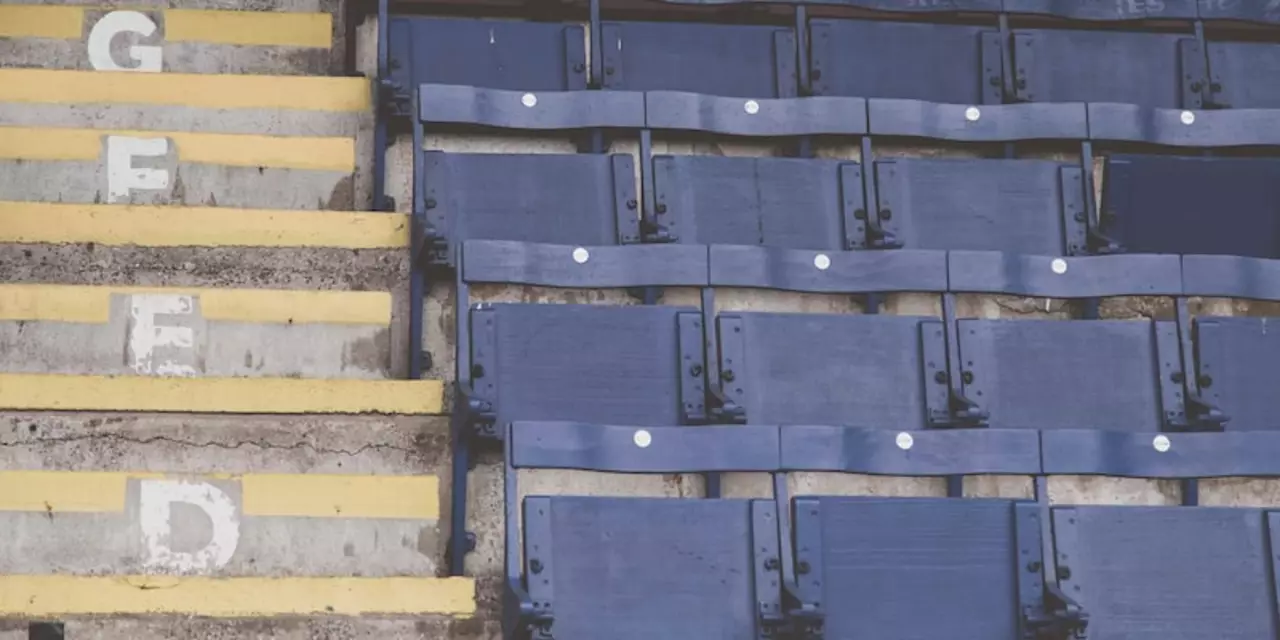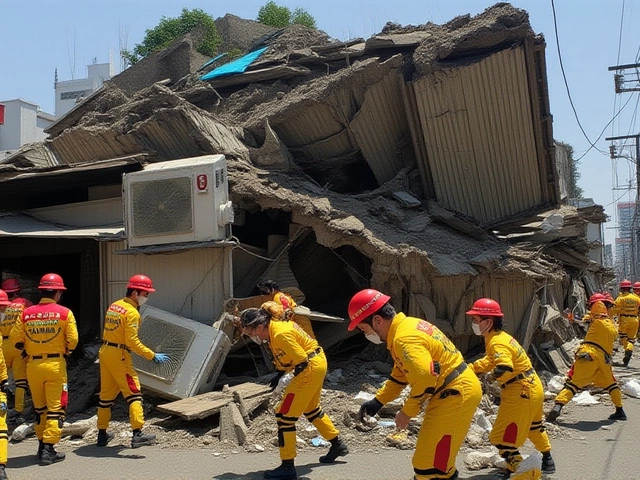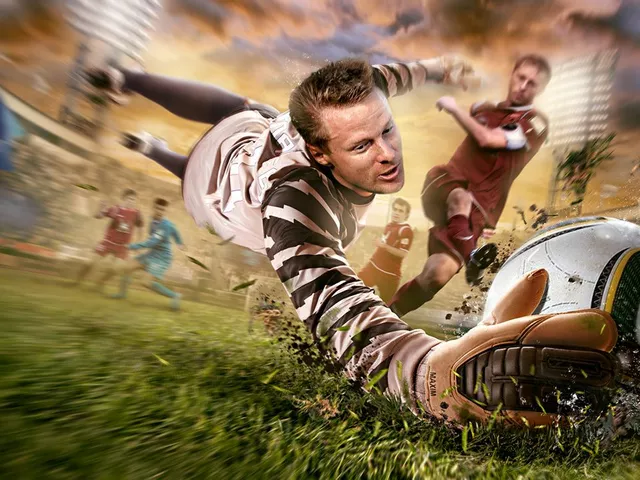Stadium Guide: What Every Soccer Bettor Should Know
When you place a bet, the pitch isn’t the only thing that matters. The stadium itself can swing a match in surprising ways. From the roar of the crowd to the size of the field, every detail shapes the game and your odds.
How a Stadium Impacts Play
First off, size matters. Bigger grounds give speedy teams room to stretch, while tighter venues favor clubs that press hard and keep the ball close. Look up the dimensions – a 105‑meter length versus a 100‑meter one can change the rhythm completely.
Next, think about the crowd. Home fans are louder than a stadium full of strangers, and that noise can unsettle visiting players. Teams that feed off that energy often play better in the second half when the atmosphere peaks.
Weather is another hidden factor. A windy night at a coastal stadium can make long balls wobble, while a hot, humid indoor arena can drain stamina fast. Check the forecast before you lock in a bet – a sudden downpour can turn a technical side into a slugfest.
Practical Betting Angles
Here’s where you turn stadium knowledge into profit. If a team has a strong home record at a high‑capacity arena, consider backing them for a clean sheet or a double‑chance win. Conversely, if they’ve struggled on small, noisy pitches, look for value on the away side.
Travel fatigue is real. Clubs flying across time zones often under‑perform in the first 45 minutes. Betting on an early goal from the home side can be a smart move when the visitors have just landed.
Some stadiums have a reputation for surprise draws – think of grounds where the home side rarely wins outright. In those cases, an under‑/over market for total goals may offer better odds than a straight win‑draw‑loss line.
Don’t forget ticket prices. When a big match gets a price hike, some fans stay home, reducing the usual home advantage. Lower attendance can flatten the usual edge, so watch the ticket data for clues.
Lastly, keep an eye on pitch conditions. A freshly‑groomed surface favors passing teams, while a rough, worn‑out turf benefits physical sides. Look for post‑match reports that mention “soft” or “hard” ground – they often hint at which style will dominate.
Bottom line: a stadium is more than a backdrop; it’s a player in its own right. Scan the venue details before you click ‘place bet,’ and you’ll catch angles the crowd misses. Happy betting and enjoy the atmosphere, whichever side you’re on!
7
What are the best seats at a soccer game?
Soccer games are enjoyed by millions of people around the world. Choosing the right seat to watch the game can make a big difference in the experience. The best seats are those closest to the field, but they often cost the most money. Seats higher up and further away from the field offer a different perspective of the game, but may not be as enjoyable. Other factors such as the angle of the seat and the proximity to the fans can also affect the experience. Ultimately, the best seat for a soccer game is the one that provides the most enjoyable experience for the individual.






